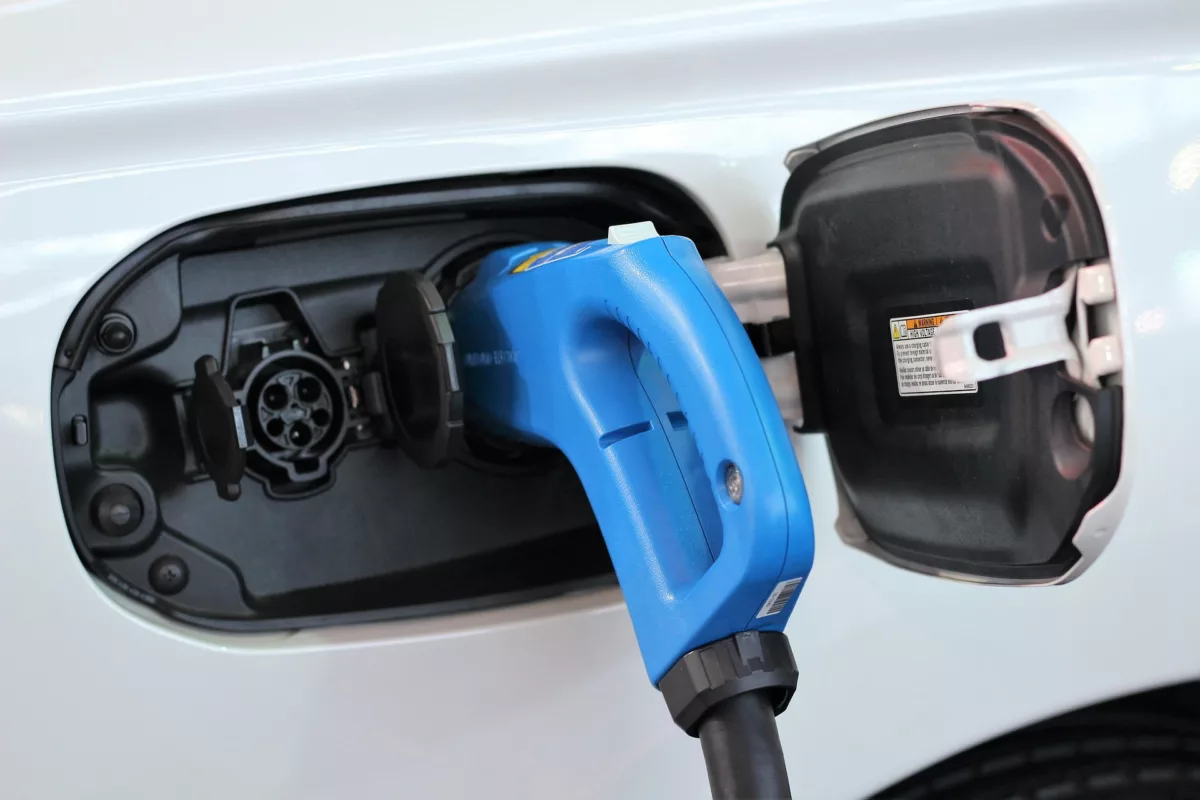



EU funding is only moderately used in Austria.
Questions about EU funding
answered by our managing director Javier Calvet.
The economy is currently struggling with various crises. Do you see this as a reason for companies to focus more on EU funding?
In times of crisis, financial security is one of the essential aspects for our customers. In this sense, we already notice that there is more and more interest in alternative financing, such as grants from the EU, which are considered in addition to other (better known) national or regional funds.
In this respect, the level of EU funding (70% or 100% of project costs) is certainly one of the most attractive features.
How well are the existing EU funding instruments used by domestic SMEs?
EU funding is only moderately utilized in Austria. On the one hand, this is due to the fact that the average success rate is relatively low compared to national funding. On the other hand, a higher effort is also necessary, as an excellent project has to be presented due to the strong competition.
At the same time, domestic SMEs are very well positioned in international comparison and could definitely be much more successful in applying for EU funding: they are innovative, market leaders and have qualified staff, to highlight just a few characteristics.
What is the biggest challenge when companies want to collect EU funds?
There are a few challenges.
First, selecting the right programs. Because EU funding in particular has many criteria that not all companies can meet.
Second, the timing. The project does not start until the funding agreement is signed with the EU Commission.
Third, the structure of the grant applications. In addition to the usual chapters of all funding applications (project description, budget, etc.), the internationality of the project is a very relevant aspect in EU funding, which is often underestimated.
Fourth, accounting. The EU is extremely strict in checking the eligibility criteria and the eligible costs, which is why appropriate care is needed in the accounting.
How well can EU funding be combined with other financing methods?
The general principle is that no double funding is possible. This means that if a project has already received funding, for example, EU funding is not possible for the same project. However, if a nationally funded project comes to an end and a follow-up project is started, this can certainly be funded with EU money.
This is often the case for R&D projects where funding is only available at national level until the first prototype is obtained (so-called “Technology Readiness Level 5”), and the further phases up to market launch (or “Technology Readiness Level 9”) can be financed with EU funding.
In addition, other forms of financing such as financing with the help of an investor, crowdfunding or a dormant equity holding can certainly be combined with EU funding.
What is a classic misconception that you encounter again and again in the context of EU funding?
When I started consulting in the context of EU funding 30 years ago, the thought was very widespread that such instruments were only meant for a few select applicants. This thought is partly still very widespread! But the EU Commission has tried very hard to make its instruments more transparent, open and modern (including with participation of start-ups or SMEs, as it is the case e.g. in the “EIC Accelerator” program).
What is one mistake that many SMEs make around EU funding?
A typical mistake SMEs make with EU funding is to give up too early! It is of course a process that can be more complex compared to national funds. But many SMEs give up too quickly and don’t even want to try.
Yet, in comparison, the application process takes about the same amount of time to get a funding decision, and the funding is 50% of the grant right after the grant agreement is signed.
Experience is of course crucial here and various sources of information should be used to get an overview of suitable funding opportunities. At Inspiralia, we handle about 250 EU projects per year, from many different sectors such as medicine, ICT, mobility, environment, energy, biotech, etc. We know the challenges – from structuring to application to final accounting. Companies should draw on this expertise – it is free of charge in the early stages and does not oblige to place an order.
Where are there currently interesting funding pots?
With the long-standing Horizon Europe program (2021-2027), the European Commission has created several instruments that benefit not only large companies and research institutions, but also startups and SMEs. These are supported, for example, by the “EIC Accelerator” program, which provides both grants and equity for individual projects totaling up to 17.5 million euros per project.

You need to load content from reCAPTCHA to submit the form. Please note that doing so will share data with third-party providers.
More InformationYou are currently viewing a placeholder content from Turnstile. To access the actual content, click the button below. Please note that doing so will share data with third-party providers.
More InformationYou are currently viewing a placeholder content from Facebook. To access the actual content, click the button below. Please note that doing so will share data with third-party providers.
More InformationYou are currently viewing a placeholder content from Instagram. To access the actual content, click the button below. Please note that doing so will share data with third-party providers.
More InformationYou are currently viewing a placeholder content from X. To access the actual content, click the button below. Please note that doing so will share data with third-party providers.
More Information


